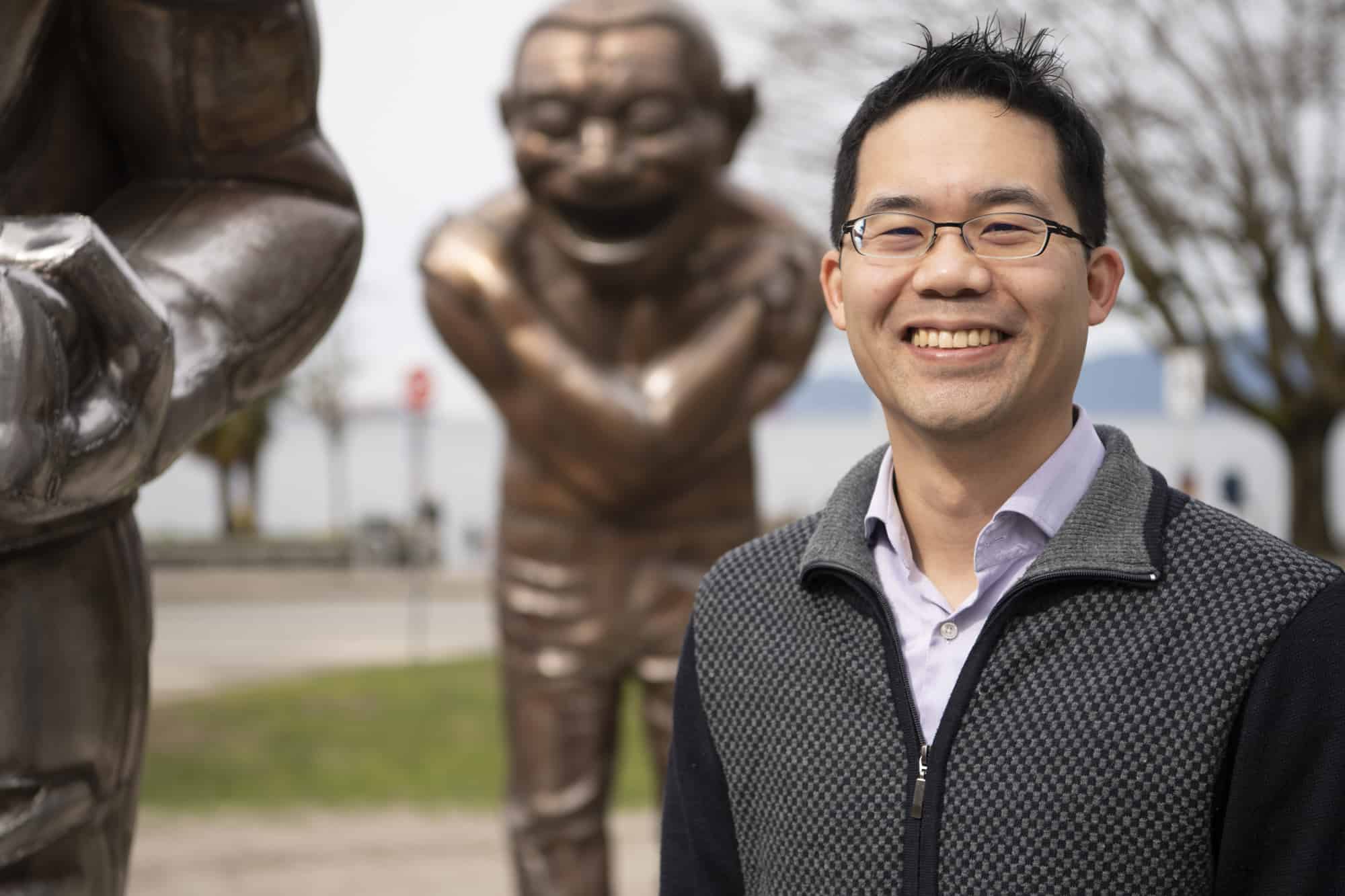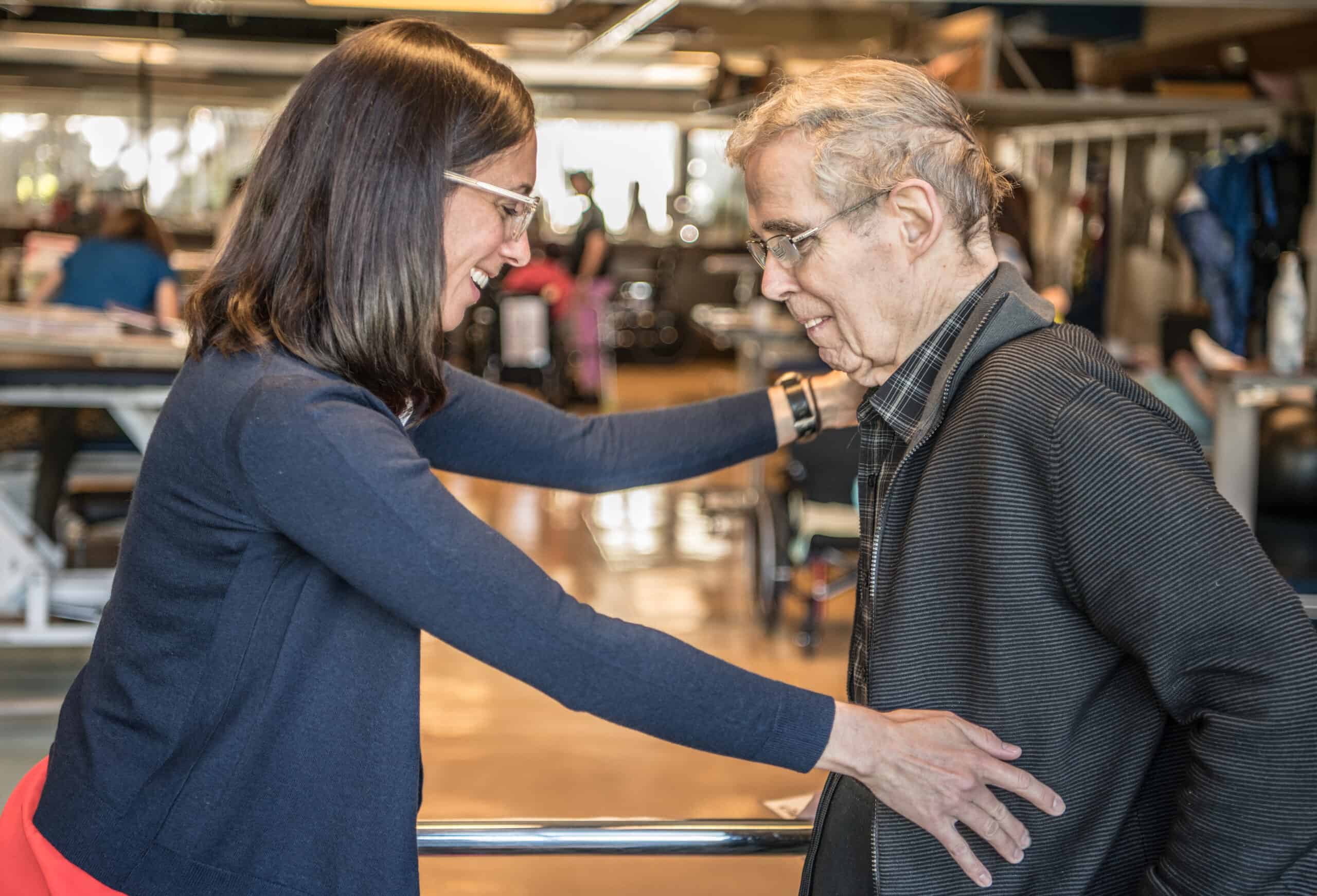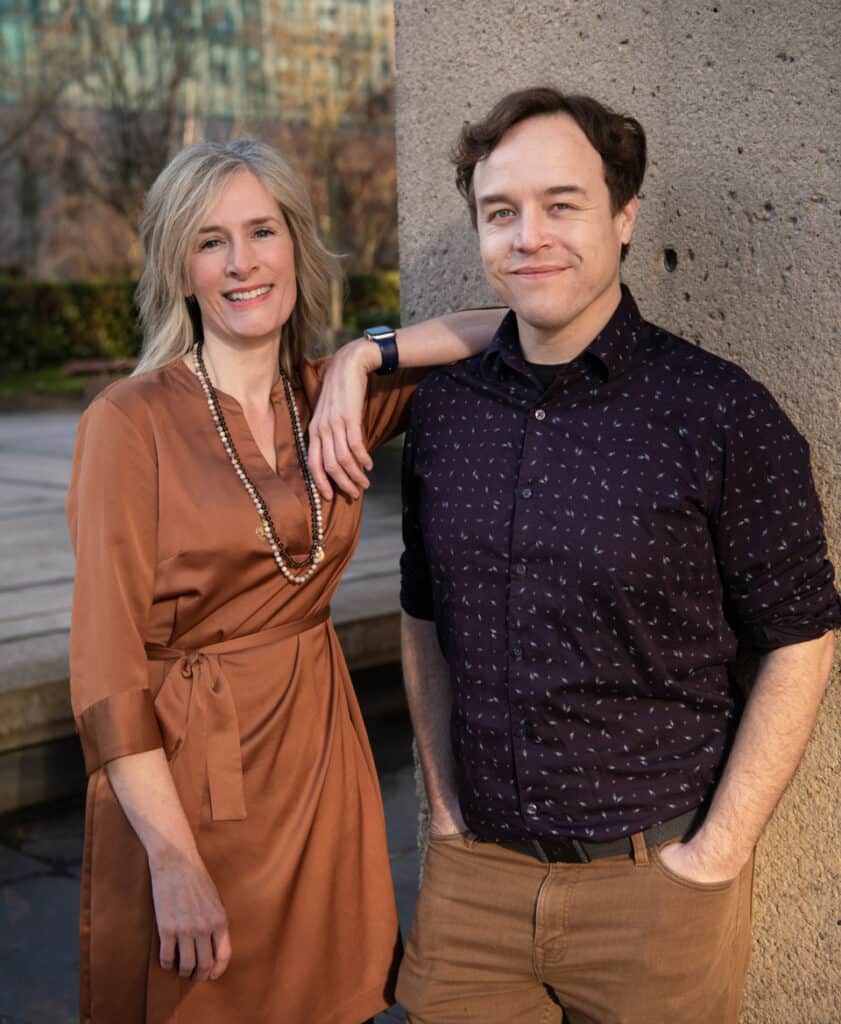Published Promise 2022
It’s the first Tuesday in March and the bustle of activity at Holy Family Hospital’s Rehabilitation Centre is energizing – and typical – for a weekday afternoon.
In the gym, a physical therapist guides a senior recovering from a stroke through a series of gentle stretches to practice moving her affected arm. In the occupational therapy spaces, patients sit with their therapists performing cognitive assessments and hand coordination tasks.
People are often surprised to learn that Holy Family Hospital’s (Holy Family) Rehabilitation Centre is one of the largest specialized rehabilitation referral centres in British Columbia.
Patients are mostly older adults who come to the Rehab Centre for intensive therapy to overcome challenges caused by strokes, orthopedic trauma, or major surgeries like hip or knee replacements and amputation. Each year, the team cares for more than 180 stroke inpatients with an additional 15,000 outpatient visits.
“Around here, instead of being tired just from their medical condition, patients are tired because they’ve exercised as part of their ongoing recovery,” says Dr. Evan Kwong, medical site lead at Holy Family’s Rehab Centre and one of the team’s physical medicine and rehabilitation physicians (also called physiatrists).
“We help patients restore lost function or adapt to their new challenges. It’s this very pragmatic focus that really sets us apart,” says Kwong.
A blue sky vision for rehabilitative care
Holy Family’s Rehab Centre also stands apart for its vision to incorporate a leading-edge research lab that will harness science to reimagine clinical care and patient outcomes for people needing rehabilitative care.
Over the next five years, Kwong and his colleagues in Providence Health Care’s Division of Physical Medicine and Rehabilitation will establish the Rehabilitation Research and Innovation Lab (RRIL) to embed a vigorous research program into Holy Family’s comprehensive rehabilitation services.
As part of this renaissance, the team will also launch a Professorship in Stroke Rehabilitation.
This is a real “blue sky” opportunity set to capitalize on the Centre’s experienced team, strong research agenda, academic and corporate partnerships, and an enthusiastic cohort of patient partners. It’s a genuine recipe for creating “eureka” moments for science and life-changing advances for people with disabilities.
“Imagine how far we can go with a research program built right into the care we already provide,” Kwong says.

Time to re-imagine rehabilitation
Holy Family Hospital turns 75 years old this year. Nearly 70 of those years have been dedicated to specialized clinical care and rehabilitation. The Rehab Centre’s physiotherapists,occupational therapists, social workers, speech language pathologists, rehabilitation assistants, dietitians, physicians and nurses share a remarkable combination of expertise and compassion.
In a small space just off the occupational therapy room, a speech language pathologist uses a high resolution camera positioned inside the throat to evaluate her patient’s swallowing capabilities post-stroke. They have also been working on improving the patient’s speech.
Next door, a one-bedroom apartment is fully equipped with everything you’d find in your own home. It’s a rehearsal space to help patients practice things like getting out of bed, preparing something to eat, and getting around with a walker or wheelchair.
In the gym, patients are monitored on recumbent stationary bikes and a warm swimming pool is ready for gentle resistance training. Nearby, a therapist in the Driver Rehabilitation Program sits in the passenger seat of a real car fitted with hand and steering wheel controls. He’s coaching a patient with a recent amputation on how to drive safely with these adaptive controls.
Now imagine infusing these essential rehabilitation services with a robust research engine and a stroke rehabilitation professorship.
The potential for innovation is almost unlimited. “To give just one example, I can envision working with engineering departments to test biomechanical sensors that will help patients measure movement and function,” Kwong says.
A brighter, more mobile future
Kwong looks back on the last 10 years and marvels at the team’s progress. “We’ve made huge strides, no pun intended, in improving stroke, orthopedic, and amputee care for older adults,” he says.
“Looking ahead, with the RRIL and the professorship, we can further improve care with research, innovation, knowledge translation, and education. This is just the start of an exciting journey.”
Kwong and his colleagues across Providence are realistic about the challenges they’ll face as the RRIL takes shape. Fulsome discussions are ongoing and include strategies to adapt the Centre’s physical space to accommodate the infrastructure of the research facility. Meeting future staffing and funding requirements are additional concerns.
Kwong is confident the team can overcome any hurdles along the way. After all, they’re in the business of helping patients overcome obstacles.
Almost 5,000 British Columbians are hospitalized for stroke each year. The good news is that most survive. Your gift today will support the exciting rehabilitation initiatives at Holy Family, profoundly improving the quality of life for recovering stroke patients and their families. Give now at donate.helpstpauls.com/holy-family-rehab.
Photography by Jeff Topham



